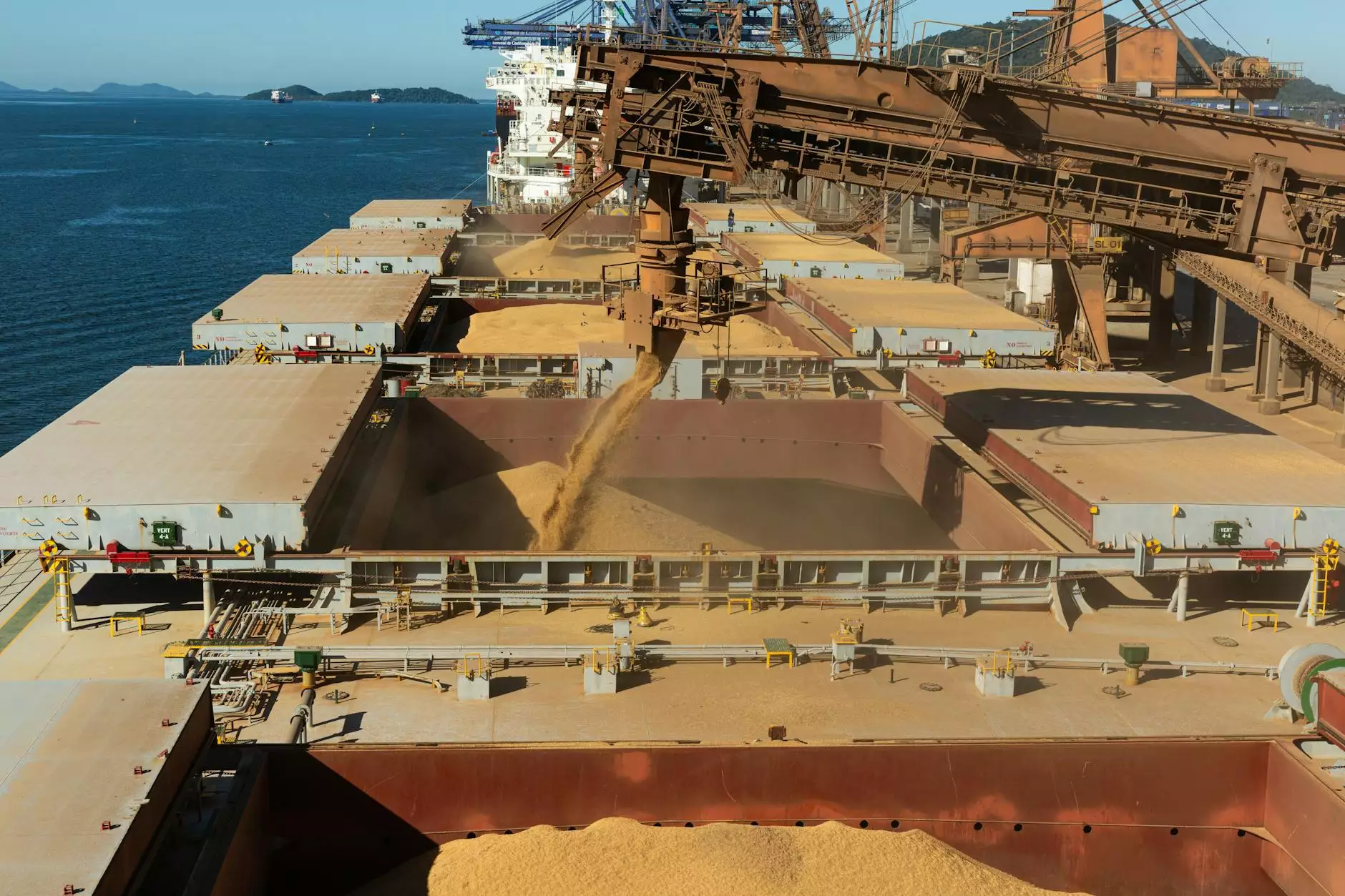Understanding Freight Prices: A Comprehensive Guide for Businesses

As businesses continue to expand their horizons, understanding freight prices has become a crucial aspect of operational efficiency. From the cost of transporting goods to optimizing supply chains, every aspect hinges on accurate pricing strategies. In this article, we will delve deep into the factors influencing freight prices and offer valuable insights on how your business can leverage this knowledge.
What Are Freight Prices?
Freight prices refer to the charges incurred for shipping goods from one location to another. These prices can vary based on a multitude of factors such as distance, weight, and the mode of transportation chosen. It is essential for businesses to grasp the nuances of freight pricing to ensure profitable operations.
Factors Influencing Freight Prices
Several elements play a crucial role in determining freight prices. Understanding these factors can help businesses make informed decisions regarding their shipping strategies. Here’s an in-depth look at the key contributors:
1. Mode of Transportation
- Road Freight: Typically more flexible but can be more expensive over long distances.
- Rail Freight: Cost-effective for large shipments over long distances, but less flexible.
- Sea Freight: The most economical option for bulk shipments, although takes longer.
- Air Freight: The fastest method, ideal for urgent consignments but at a premium price.
2. Distance
The distance between the pickup and delivery locations is a significant factor. As a general rule, the longer the distance, the higher the freight prices. However, it's essential to consider the mode of transportation as some methods can offset distance costs.
3. Weight and Volume
Freight prices are often calculated based on either the weight of the cargo or its volume, depending on which is greater. Understanding your shipment's dimensional weight can help in optimizing costs.
4. Seasonal Demand
Freight prices often fluctuate with the seasons. During peak times, such as holidays, the demand for shipping increases, leading to higher prices. Planning shipments during off-peak times can save businesses money.
5. Latency in Shipping
Urgency plays a crucial role in determining freight prices. Expedited shipping options come with a premium price tag. Understanding your supply chain's flexibility can help in choosing the most cost-effective shipping methods.
How to Optimize Freight Prices for Your Business
Now that we have explored the factors influencing freight prices, let’s discuss strategies to optimize these costs, allowing your business to thrive.
1. Leverage Technology
Utilizing advanced shipping software can assist in comparing rates from various carriers and finding the most cost-effective options for your shipments. This modern approach can save significant amounts on freight prices.
2. Build Relationships with Carriers
Establishing partnerships with reliable carriers can lead to better pricing. Regular shipments may qualify for discounts, providing businesses an edge in managing their logistics costs.
3. Analyze Shipment Data
Regularly analyzing shipping data can uncover trends and inefficiencies in your supply chain. Understanding these patterns allows businesses to make adjustments in logistics strategy, optimizing freight prices over time.
4. Consolidate Shipments
Combining multiple shipments into one larger shipment can significantly lower costs. This practice is especially effective for businesses with recurring shipments to similar destinations.
5. Choose the Right Carrier for Your Needs
Not all carriers offer the same services or pricing. Evaluating your needs and matching them with the right carrier's strengths can lead to substantial savings on freight prices.
The Future of Freight Pricing
As we look towards the future, the landscape of freight pricing is poised for evolution. Factors such as technology advancements, regulatory changes, and shifts in global trade patterns will undoubtedly influence how prices are structured. Here are some key trends to watch:
1. Digital Freight Platforms
Emerging digital platforms are streamlining the shipping process, making it easier for businesses to access competitive freight prices. As these platforms gain traction, businesses can expect increased transparency and efficiency.
2. Sustainability and Green Shipping
With a growing emphasis on sustainability, businesses may find that greener shipping options can also lead to cost reductions. Eco-friendly practices not only appeal to customers but can also reduce logistic expenses in the long run.
3. Adaptation to Global Events
The COVID-19 pandemic has taught businesses to be more flexible and adaptive to global events that can impact freight prices. Strategic planning has never been more crucial.
In conclusion, navigating the complex world of freight prices is indispensable for businesses striving for efficiency and profitability. By understanding the factors that influence these prices and employing strategies to optimize costs, companies can set themselves up for long-term success. Whether you're operating from a shipping center or integrating transportation solutions, the knowledge of freight pricing will remain a powerful tool in achieving your business goals.
Conclusion
Your business can vastly benefit from a well-informed approach to managing and optimizing freight prices. Leveraging technology, building strong carrier relationships, and analyzing shipment data are all integral tactics for driving down costs. Keep an eye on industry trends and prepare to adapt as the landscape of freight pricing continues to evolve. With the right strategy, your business will not only survive but thrive in today’s competitive marketplace.









